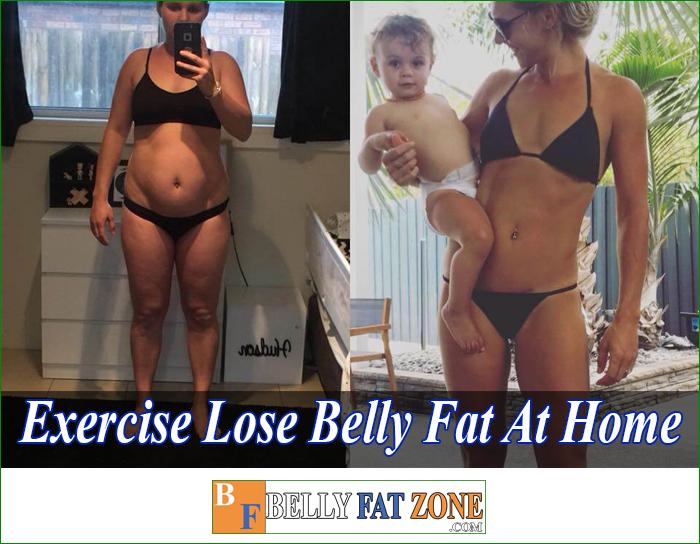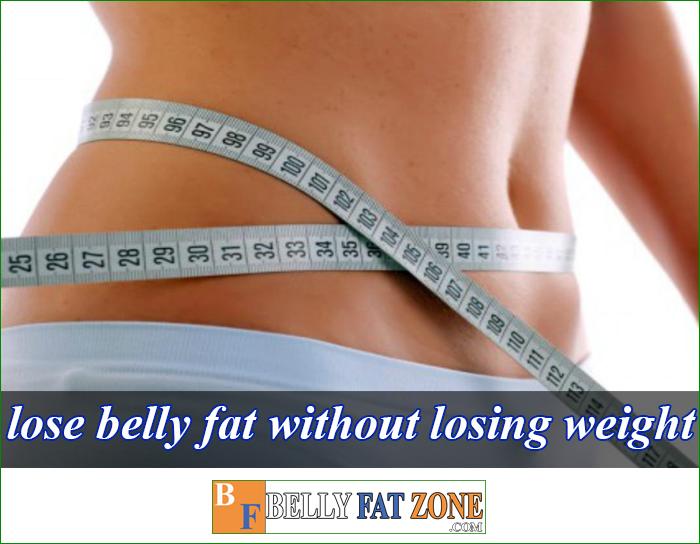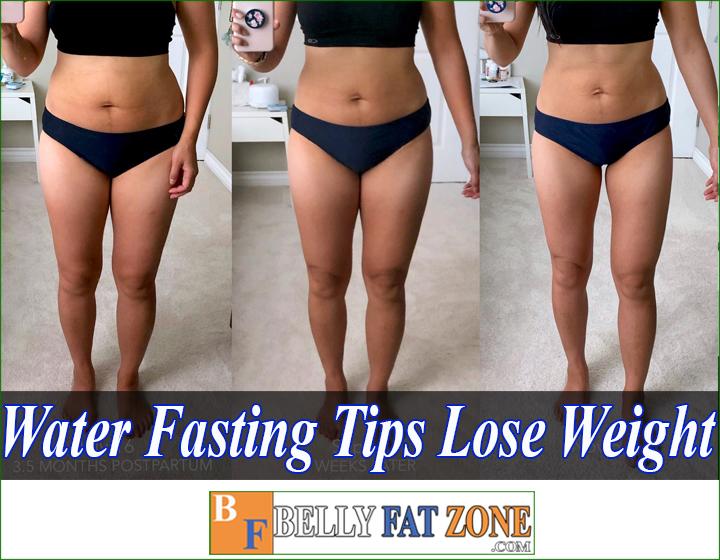Injury is one of the essential ingredients in sports; in any sport, you can easily see the injury as a companion.
You could have a minor injury, or you could have a serious injury that leaves you off for the whole season or even for the rest of the year, and there are unfortunate cases where you cannot continue playing the sport.
Such injuries seem normal, often occurring are simple, but there are many dangerous factors.
In sports, jogging, injury is also a companion.
According to some estimates, about 80% of runners experience an injury each year during training or competition.
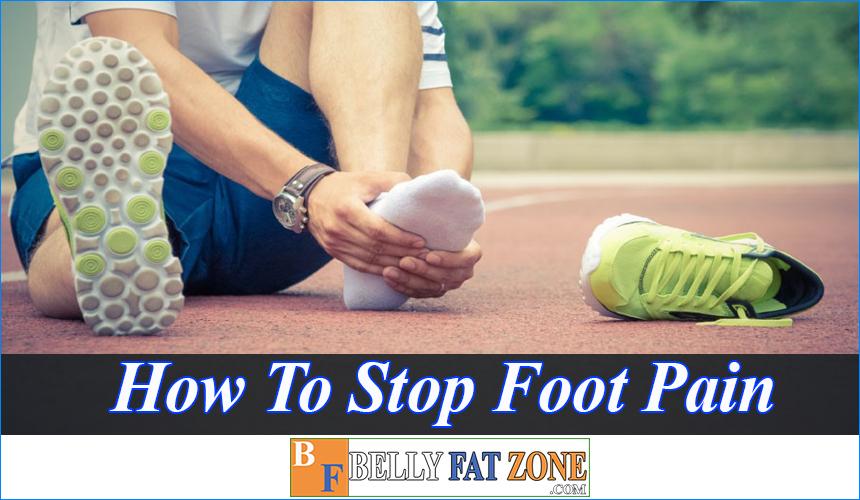
Most injuries occur due to excessive exercise or improper techniques or methods.
So how do we limit the injury, or if we are injured, how do we reduce the pain and recover quickly?
In this article, Bellyfatzone invites you to consult and learn about basic injuries during jogging, as well as how to overcome injuries to help you return to the best state.
Running injuries and how to stop:
Injuries are not only painful but also impair your ability to exercise.
Even in extreme cases, you may have to pause from your passion for sports for a while.
Therefore, knowing how to avoid it is essential. Or at least you should know what to do if you're unlucky.
1. Injury to the knee

This is the most common type of injury known as “Runner's knee” or kneecap pain syndrome.
Dull pain occurs around or behind the kneecap, especially when going up and downstairs, squatting, or bending knees for extended periods of time.
The Treatment: Reduce your running distance, wear a more comfortable shoe. Try running on the opposite side of the road you would normally have run on or running on a softer surface.
If the condition is severe, you should see your doctor for a knee bandage or brace, take anti-inflammatory drugs.
Besides, runners must choose to buy bone and joint supplements. These are not drugs but complementary products for the health of the skeletal system.
2. Achilles tendinitis
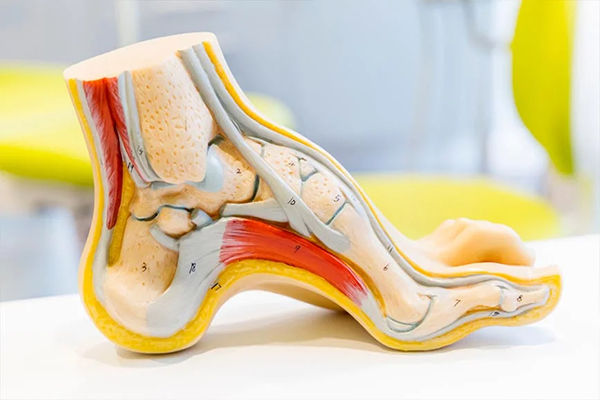
The heel tendon is also known as the Achilles tendon – the tissues that connect the heel to the lower calf muscle.
Tendinitis is caused by many causes: sudden and excessive increases in running distance, inappropriate running shoes, or the natural structure of the foot and calf muscles.
It appears that you have pain and stiffness in the tendon area.
The Treatment: Always stretch your muscles after exercising, and wear suitable running shoes. Besides, you should rest and apply ice to relieve the pain before returning to practice.
Read more: How to Relieve Heel Pain After Running?
3. Hepatitis feet
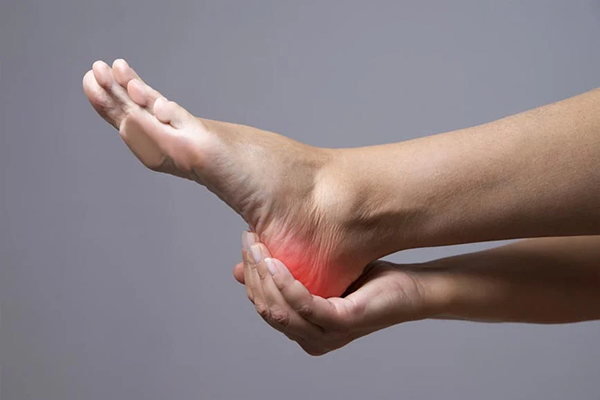
Hepatitis is swelling of the connective tissue along the bottom of the foot.
The most common cause of this type of runner's injury can be excessive exercise, wearing the wrong type of running shoe.
People with muscle tension or with a high arch of palms are also at increased risk for this. It causes extreme stiffness and pain in the arch of the foot.
The Treatment: To ease the aches and pains, you can relax your feet by rolling your feet with a tennis ball, wearing shoes with cushioning support, and proper rest.
If pain persists, see your doctor for braces or orthopedic appliances or an injection of anti-inflammatory painkillers.
4. Pain in the lower legs
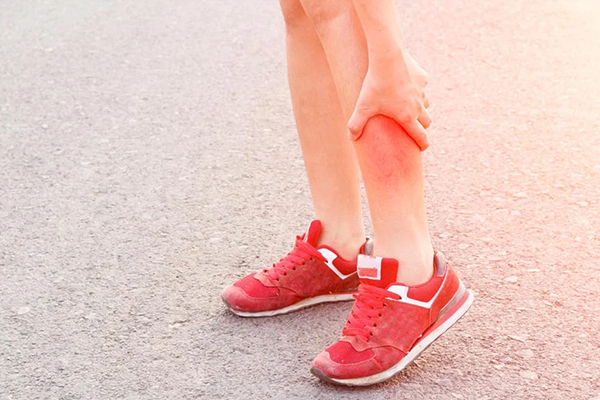
This type will include pain in the front or lower legs along the shin bone.
The cause of this is due to the activity with too high intensity, changing the training habits suddenly when the body has not been used to it.
People with flat feet are also more likely to experience leg pain than usual.
The Treatment: The pain will continue to prolong and get worse if you keep trying to ignore it and keep running.
Instead, take a break to improve your condition. After a few weeks of rest and treatment, you should be able to return to running slowly.
Read more: Common Running Mistakes And How To Avoid Them.
5. Thick pelvic band syndrome

An Iliotibial pelvic band is a thick tendon that extends externally from the pelvis down to the knee.
This running injury syndrome's culprits can be running too long, running downhill, or because you have a weak hip.
Ligaments rub against the knee bone, leading to inflammation. The pain occurs on the outer side of the knee.
The Treatment: Stop running, stretch the sore muscles in an upright position, cross legs, stretch one side of the body until you feel a stretch around your hips.
You can also try running on the opposite side of the road. If the pain does not go away, it's best to see your doctor.
6. Broken bones

Don't think that only competitive sports can cause fractures or fractures.
If the force continuously exerts greater than the leg bone's tolerance limit, small cracks will appear. The pain was getting worse and clearer.
Solution: In this case, stop exercising and see your doctor as soon as possible. Rest is required, and you will be treated with crutches or other physical therapy.
7. Patellar tendinitis
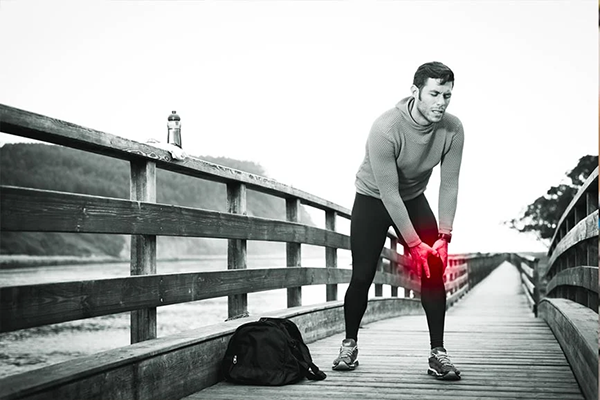
This running injury is also called “Jumper's knee” – the type of injury common in high jump athletes and quite common among runners.
Jumper's knee appeared due to the overactive right knee joint, running, or often jumping on a hard surface.
It is involved in the contraction of the calf muscles and the force to touch the ground. The most common symptom is pain around the kneecap when jumping, running, flexing, straightening the legs, and sometimes swelling.
Solution: Rest, apply ice if you find your knee is swollen, perform muscle relaxation exercises. In more severe cases, you should see a doctor for treatment and use anti-inflammatory drugs.
8. An ankle sprain

During a run, you encounter a pothole, an obstacle, or a common stumble that causes the ligaments around the ankle to excessively stretch or tear. That is an ankle sprain.
The Treatment: Splashing the ankle is not too dangerous; you just need to rest, apply ice, bundle the ankle, and raise the foot.
Top experts recommend buying StarBalm products to relieve temporary pain quickly.
9. Muscle tension
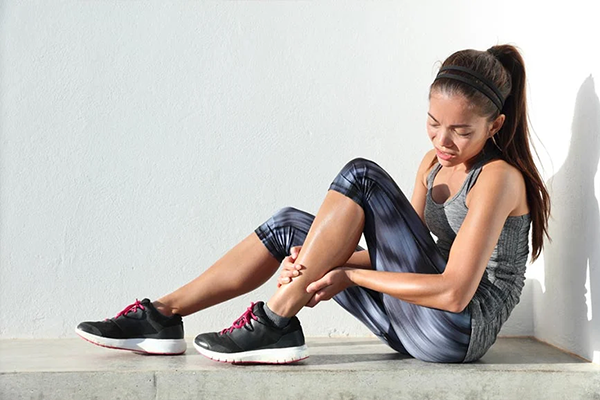
When muscles are too stretched, tendons can tear and strain the muscles. Failure to start before a run, overdrive, or sudden changes can all cause muscle tension.
This phenomenon usually affects areas such as the calves, groin, quadriceps, hamstrings.
The Treatment: Muscle tension is a common jogging injury that is not too severe to be treated with RICE: Rest, Ice, Compression, Raise Elevation.
10. Blistering
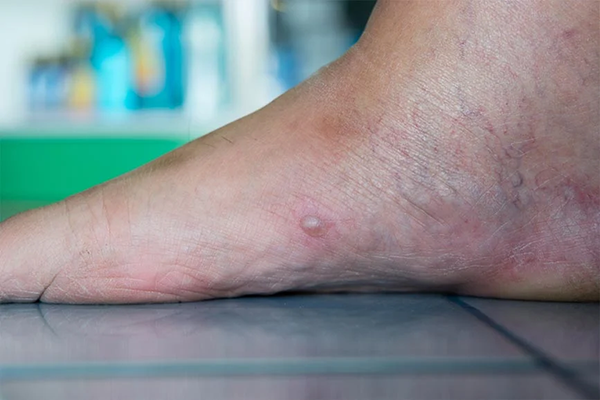
One of the most annoying types of running injuries is blistering. As you run, your heels rubbing against the shoe, the top layer of skin at risk of tearing, forming water bubbles under the skin.
How To Handle It: It's best to prevent nasty blisters by wearing shoes that fit your feet and a pair of good socks.
You can also apply oil to blistering spots. If it does, cover it with a bandage or a special gel.
11. Scratches

Scratches – Chafing is the phenomenon of skin scratches, a rash caused by rubbing clothes or other objects while running, fragile and sensitive skin areas.
The Treatment: Prepare a suitable synthetic fiber outfit such as spandex or polyester. These fibers are better than cotton in terms of their ability to absorb sweat.
Many fabrics also have antibacterial and anti-odor properties that you can consult.
12. Hips shock
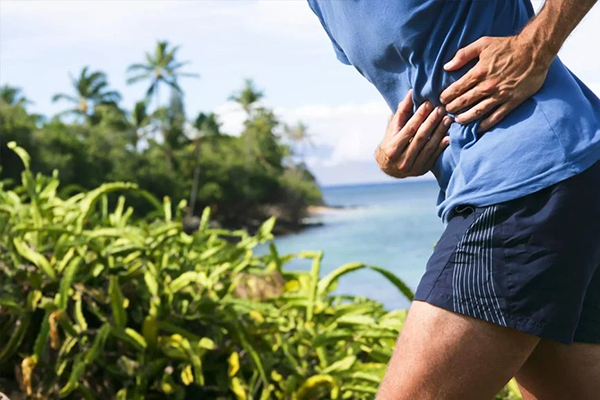
According to the survey, 70% of runners experience hip shock. Manifestation is an area of your hip that hurts when running.
Experts believe that the cause of the pain is due to diaphragm constriction, overwork, or running in the wrong position. Another reason is that you eat or drink too much water, causing a heavy stomach.
The Treatment: To avoid bumping hips, you should eat at least 2 hours before running and while running, drink water in small sips.
If you are running with your hips swinging, lean forward slightly, squeeze your core and breathe pursed to help relieve the pain.
Some notes to avoid injury while running
- Follow the 10% rule: Don't increase kilometers miles to more than 10% per week. Forcing the body to work more suddenly is the cause of many injuries.
- Warm-up and stretching: These are all important steps to help your muscles, heart rate, and breathing adjust to the active state.
Change your running shoes regularly: Keep a record of all the routes you have run and change into a new shoe when it has traveled 600 miles (about 965km) with you. - Get the right rest: Along with exercise, you also need to provide rest and nutrition for recovery and regeneration.
- The injury does not leave anyone: New runners and people with long-term experience are still likely to suffer injuries. So whoever you are, you also need to monitor the body's physical manifestations and should not be subjective.
- Exercise: You can do weights to increase the tendons' strength and limit muscle groups from being overloaded.
These 12 types of running injuries are common but can still be prevented. Don't let your practice get in the way of unnecessary problems.
Foot Pain When Running? What Is Plantar Fasciitis & How To Treat It Video
View more:
- Toning Workout Plan For Females Help You Save Time, Get In Shape Quickly
- Which Exercise Increases Height? These Are The Exercises You Need And Do Whenever
- Strength Training For Runners Increase Achievements And Reduce Injuries
Hopefully, the information above has helped you gain some more knowledge about “how to stop foot pain when running” and bring some small value. Please share this article if you feel it is useful. Thanks!
